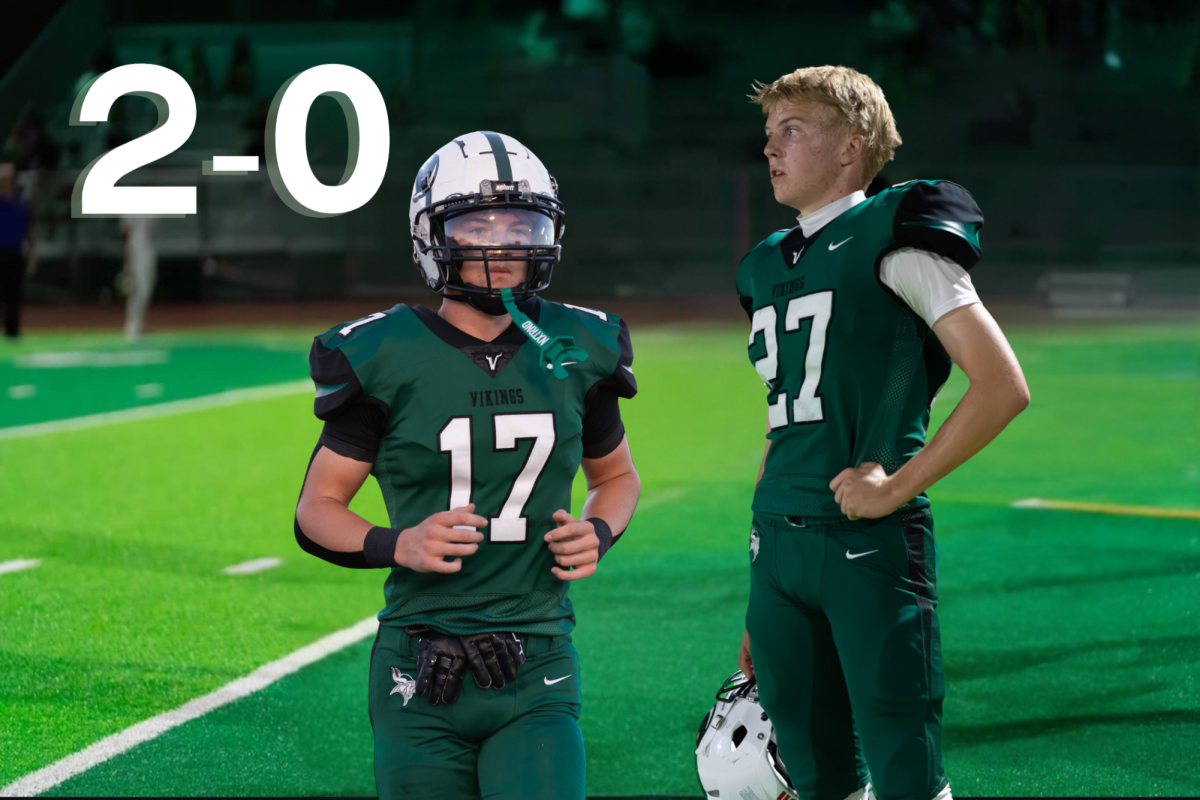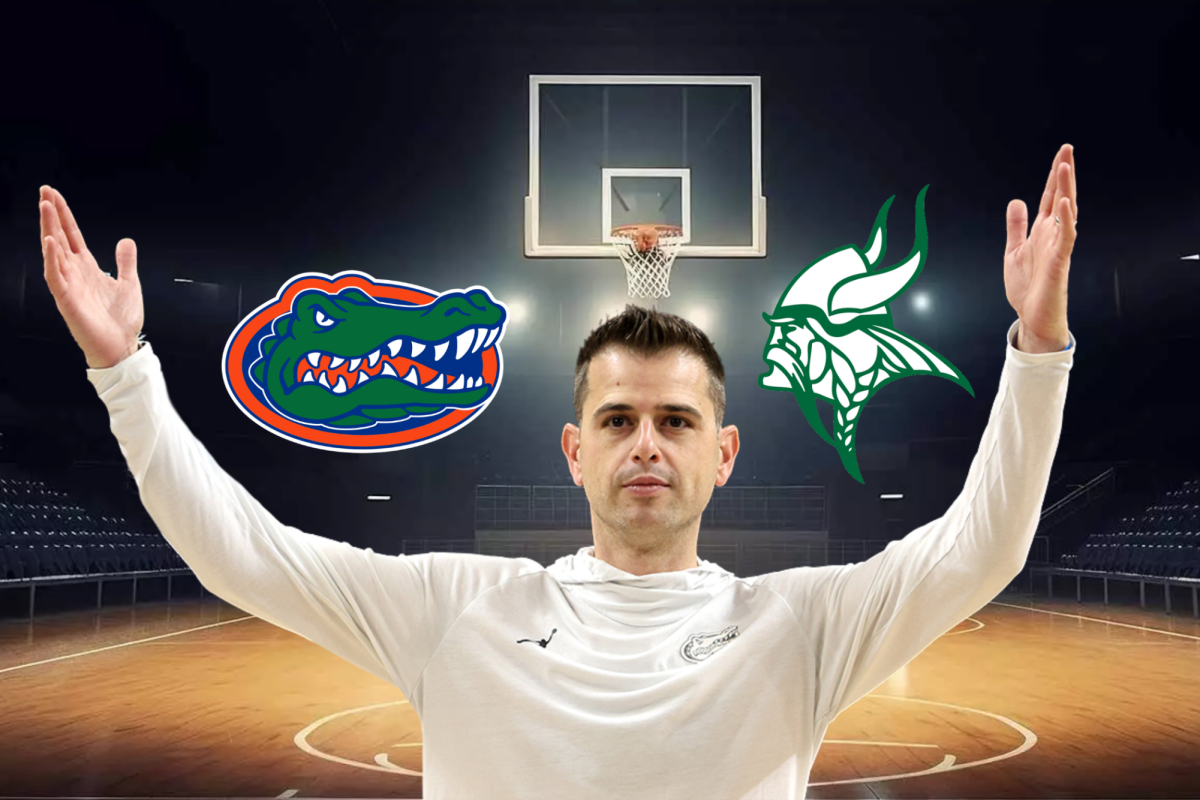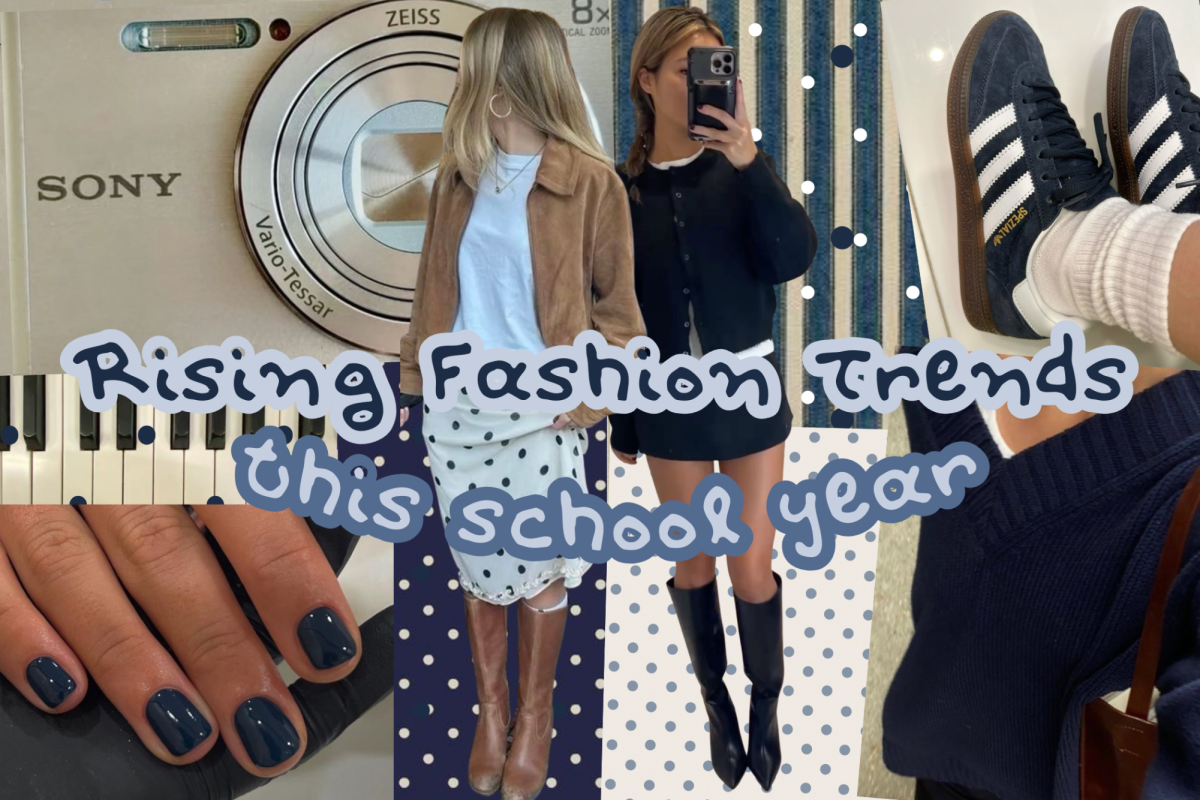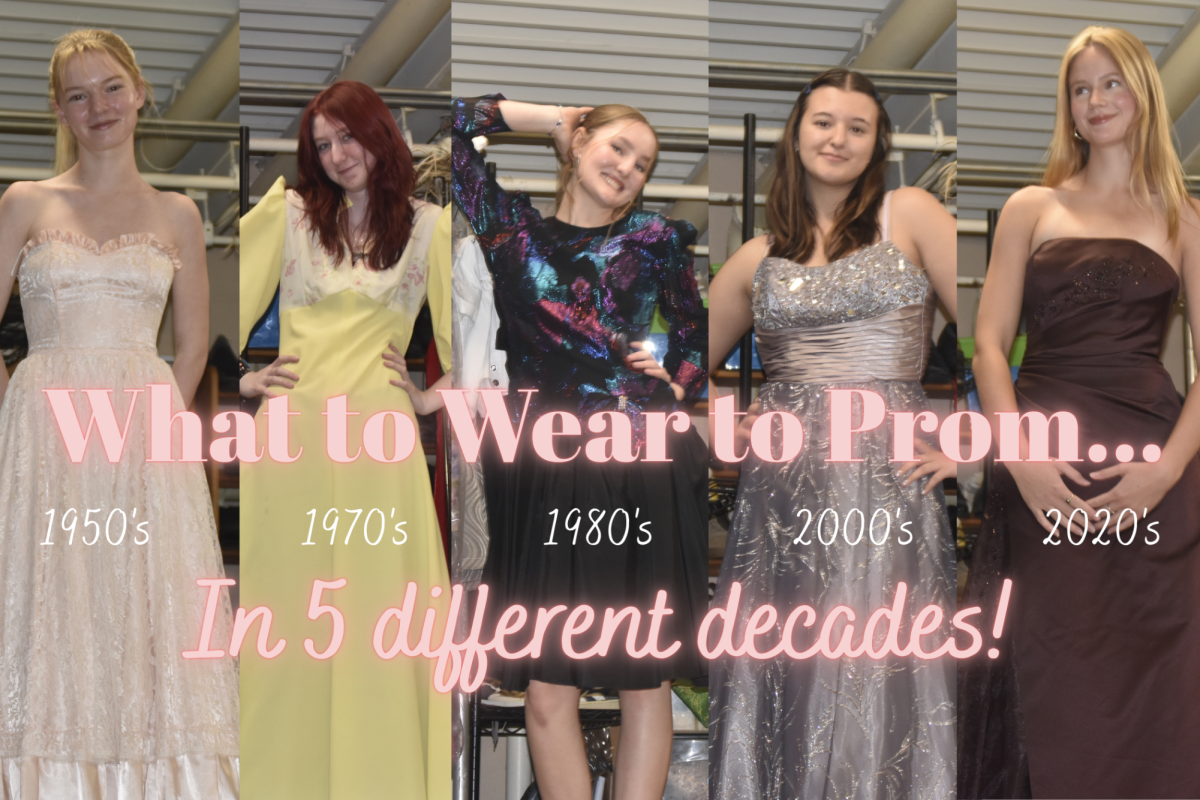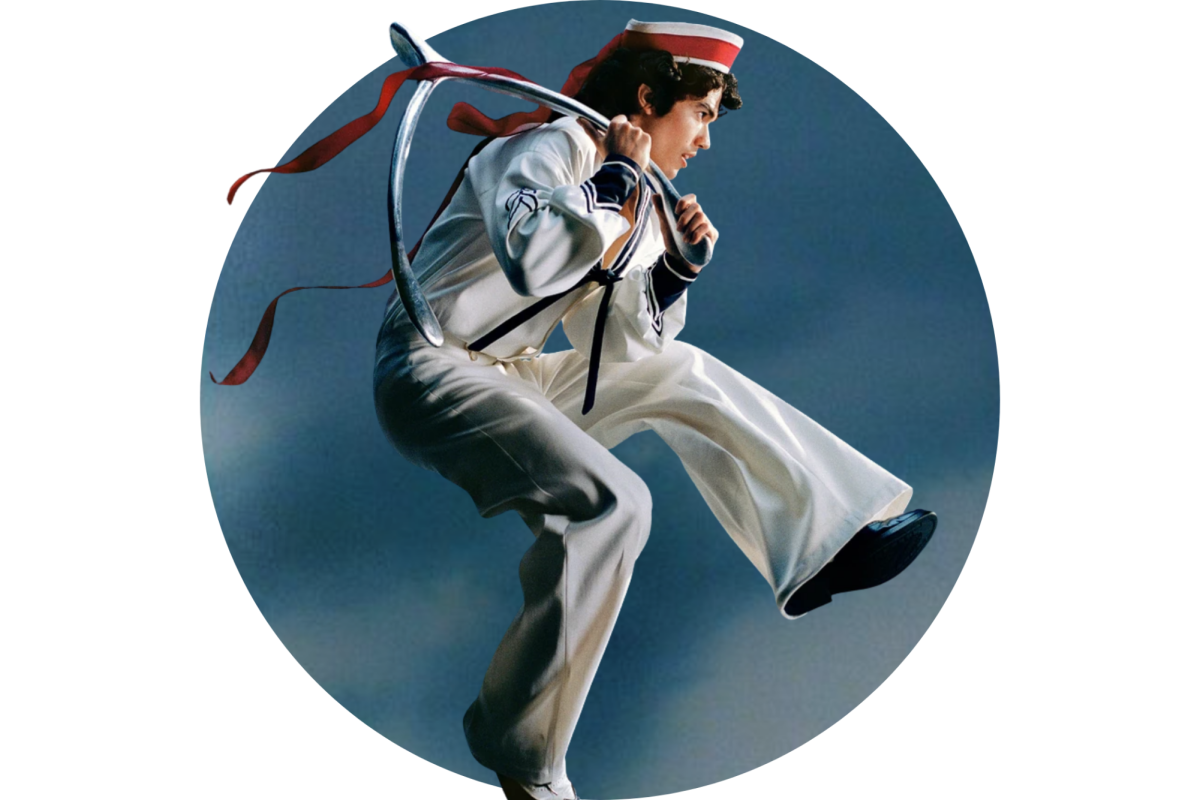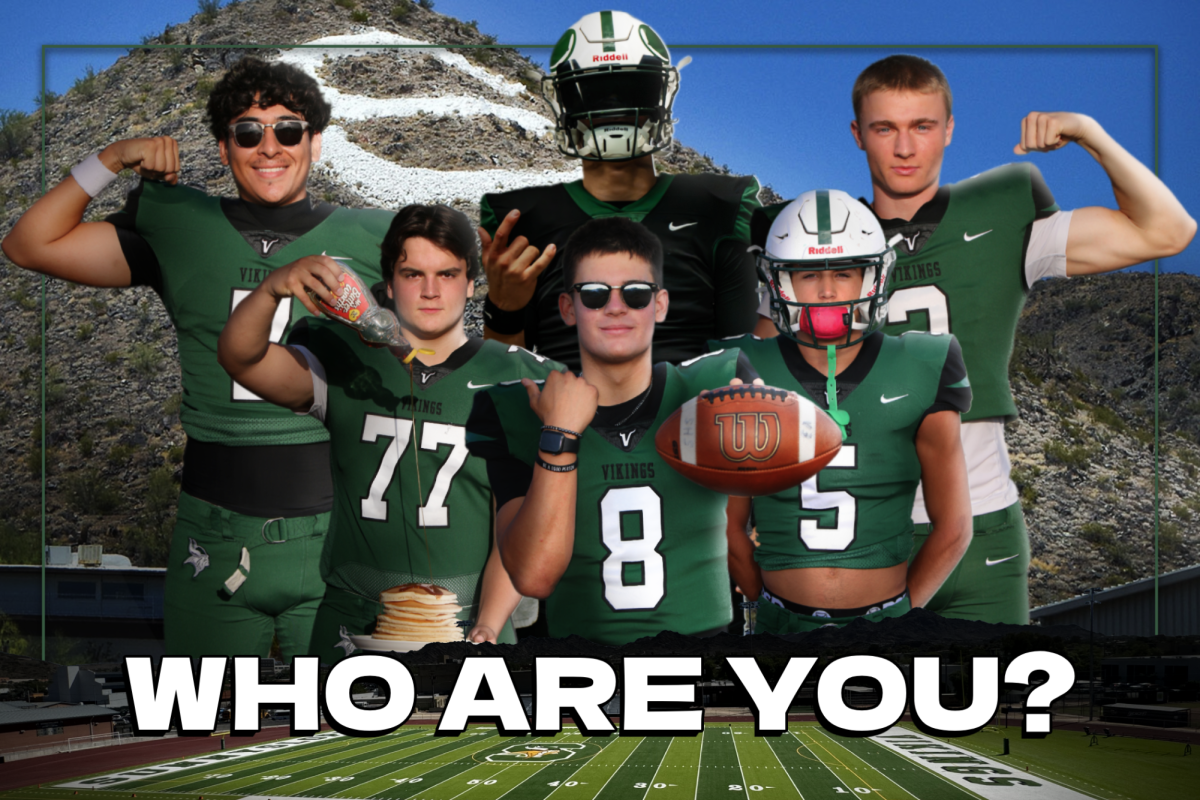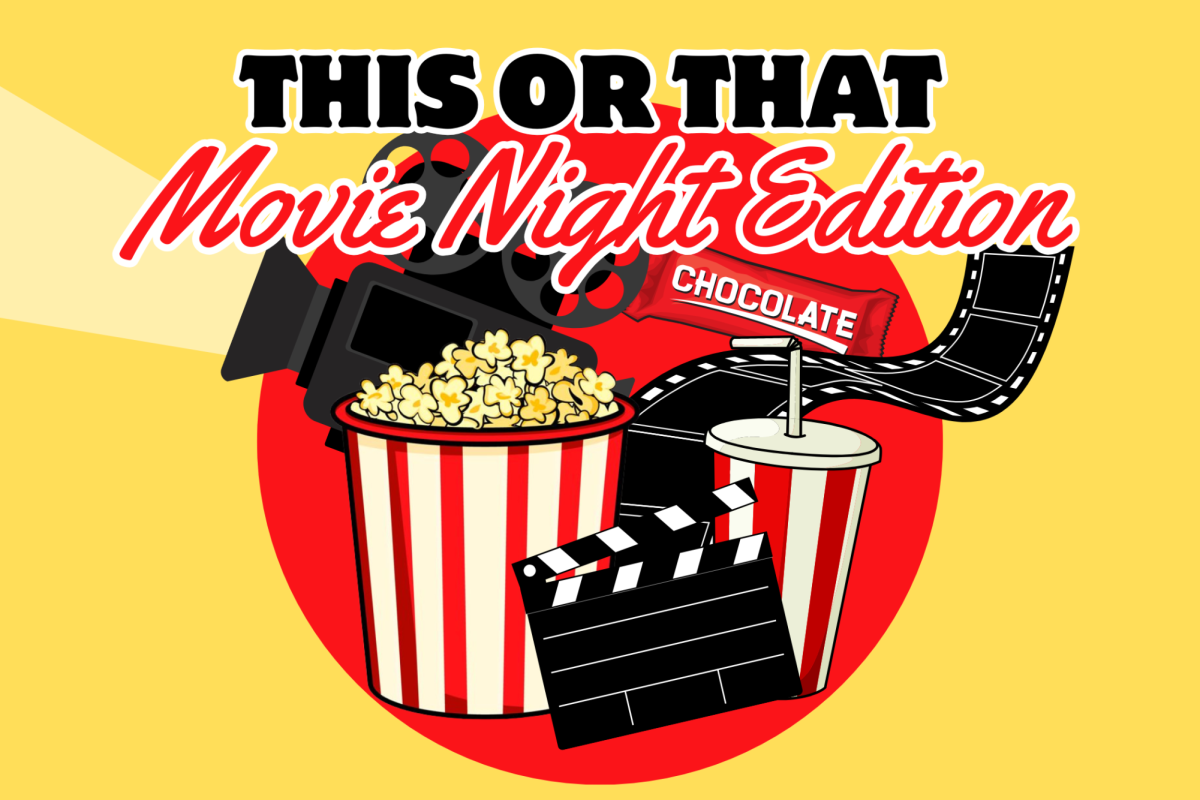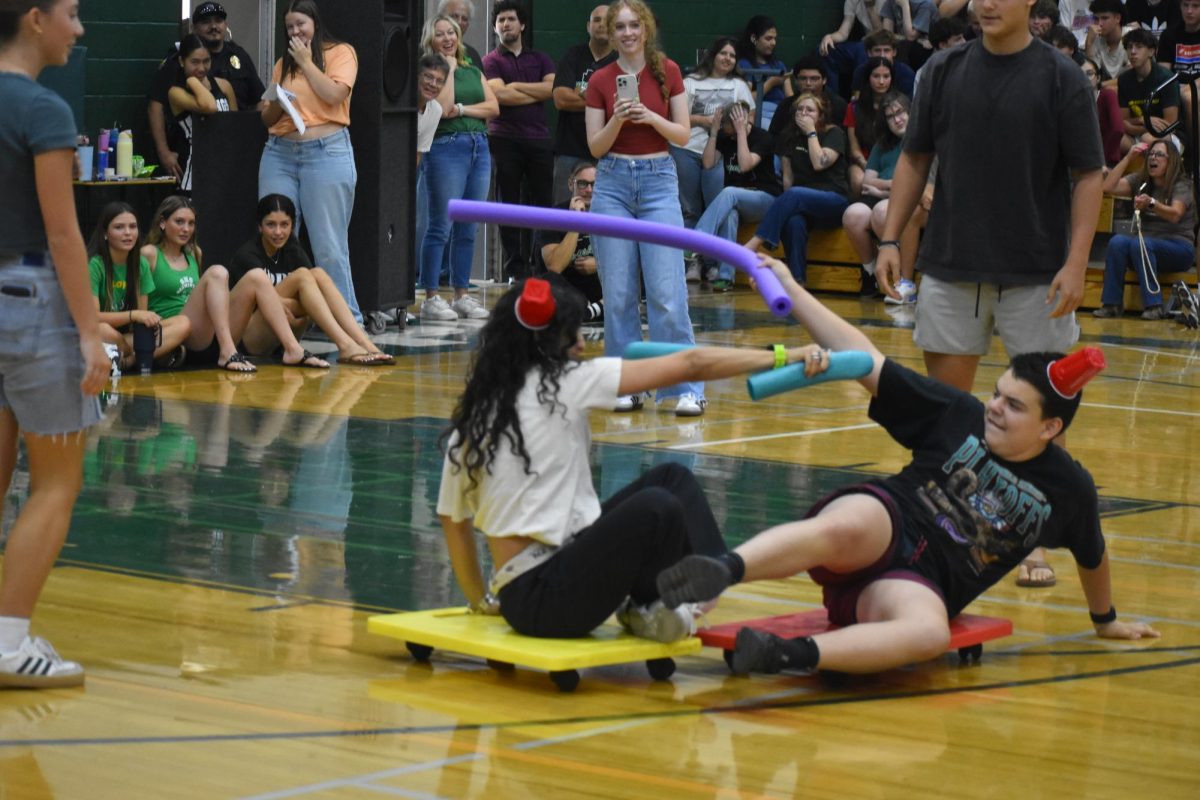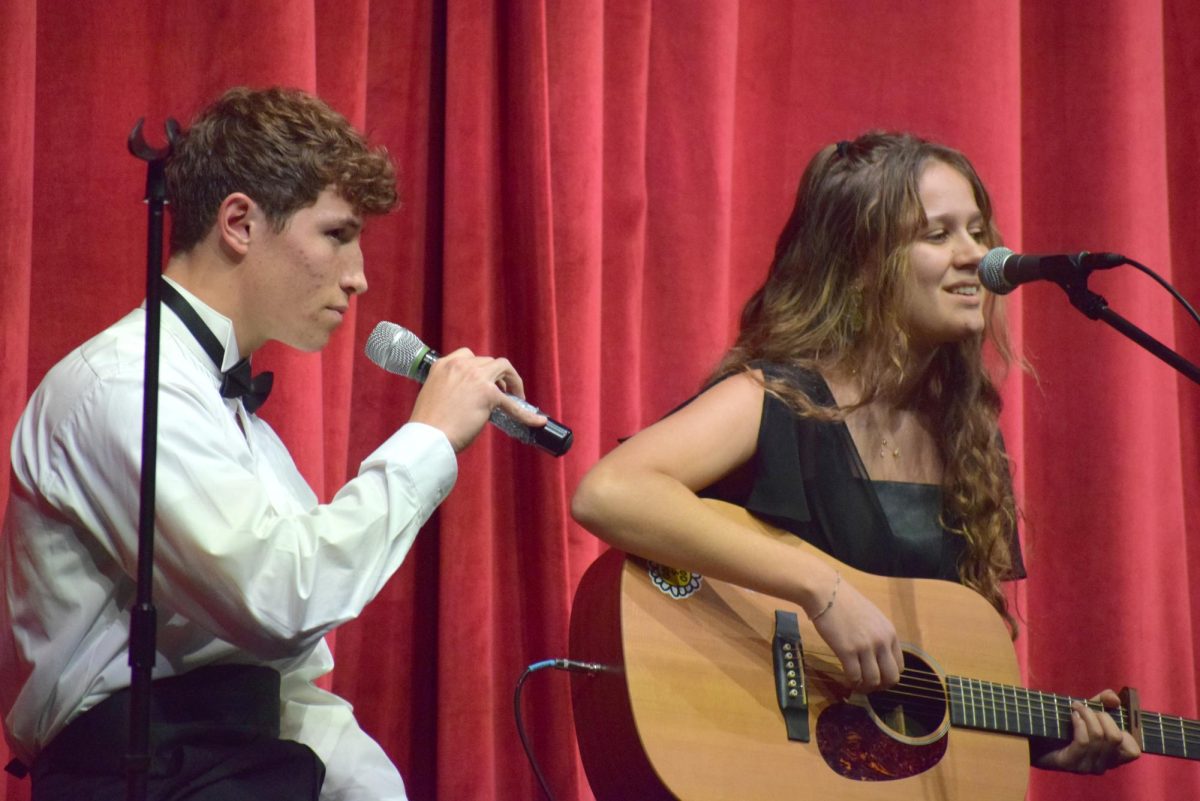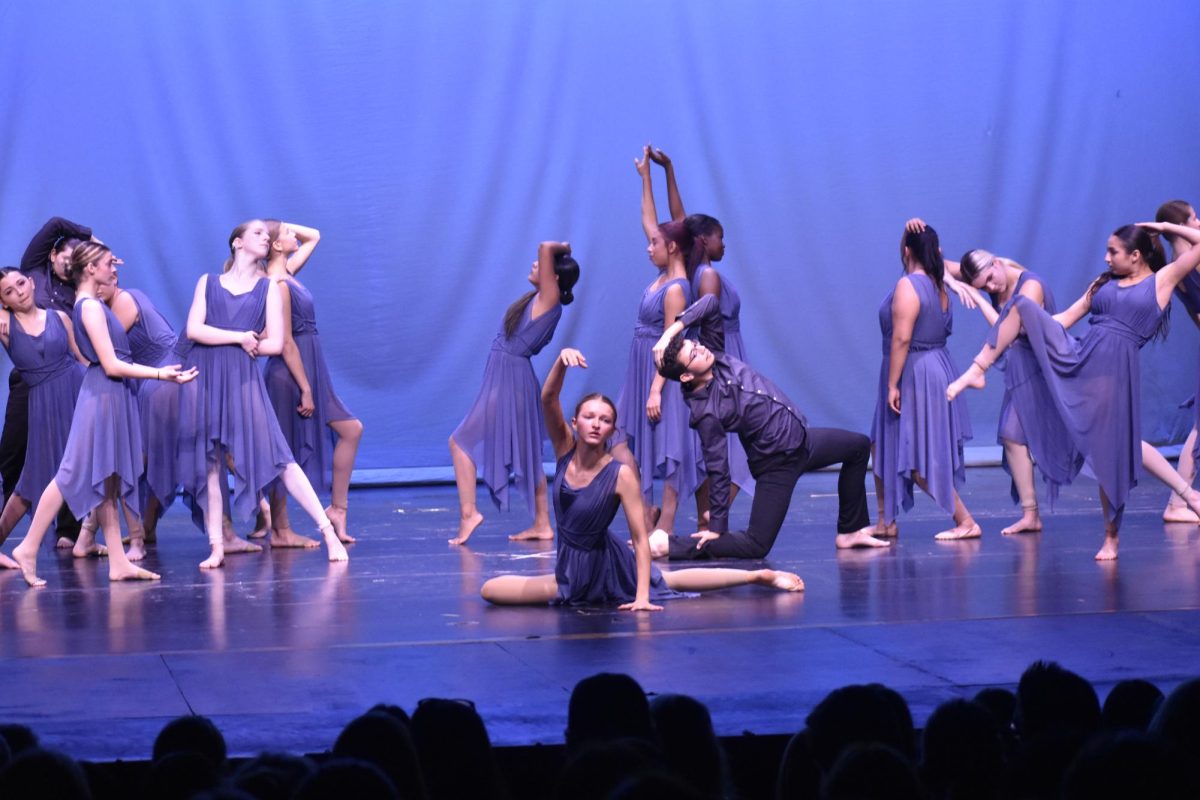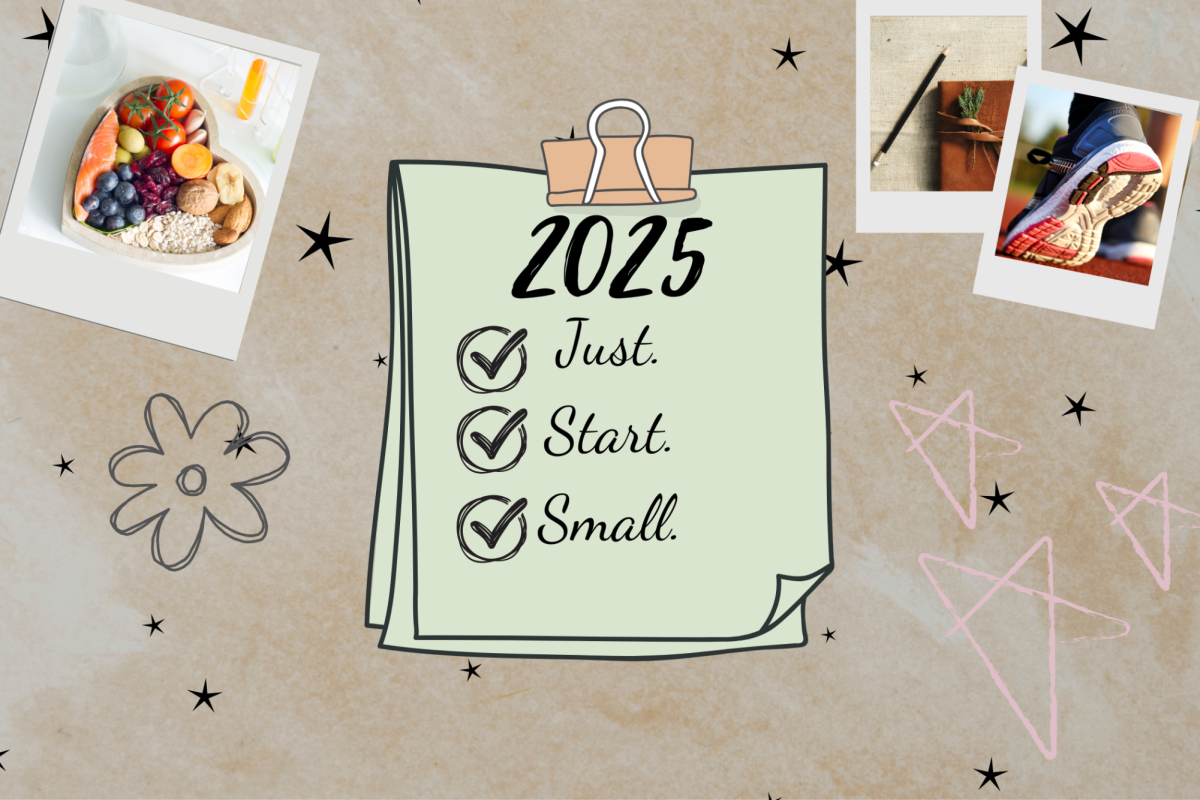The airwaves shimmer again with glittering hooks and pulsing beats, as if neon lights have found their way into sound.
Once tucked into nostalgia and memory, pop has slipped back into the spotlight, sparkling with bold confidence and irresistible charm.
Its melodies—bright, daring, and endlessly catchy—echo like confetti tossed across a dance floor, hinting at a cultural shift that feels both familiar and brand new.
Within the next two months, three of pop’s biggest names like Sabrina Carpenter, Taylor Swift, and Doja Cat will have dropped highly anticipated albums that will flood playlists and the charts.
Their releases mark more than just individual success; together, they signal a cultural resurgence of pop music.
After years of shifting trends, the genre is reclaiming its place at the center of the musical conversation, louder and more captivating than ever.
Pop music is standing out in the music industry right now for various reasons.
Junior Amara Burroughs said that, “pop means popular, which means lots of people listen to it…people listen because it’s so catchy.”
While pop is, of course, meant to be catchy, music itself is written to tell a story or express emotion.
Sophomore Greta Kasselman believes pop music has become more relatable over the past years with songs about breakups and familiar struggles.
While many listeners connect with pop because of its emotional honesty and relatable themes, the genre has also grown to emphasize another element just as strongly: its focus on image and presentation.
“Famous pop stars now are based on how they portray themselves and look,” said Sophomore Gretchen Woods.
This image that the majority of artists portray comes from their presence online, which has greatly impacted the return of pop music.“With more people having access to phones and social media, more people can listen and hear about new music,” explained Burroughs.
While social media makes it easier for listeners to discover new music, the constant stream of releases also means that when multiple artists drop albums close together, it can influence how much success each project receives.
Kasselman noted, “When albums come out so close together it can lessen their overall exposure because people are busy with the other new releases.”
This overlap of major releases highlights both the challenges and the excitement of today’s pop scene, where competition fuels creativity and keeps the genre in constant motion.
Pop’s return isn’t just a revival—it’s a reminder of the genre’s ability to reinvent itself while staying true to its core of connection and catchiness.
Whether through emotional lyrics, bold visuals, or the reach of social media, pop continues to adapt to the moment and capture massive audiences.
As more chart-topping releases flood the scene, the spotlight on pop only grows brighter, proving its power to define the soundtrack of today.
In the end, pop isn’t just back; it’s here to stay.
Categories:
Back to the Beat: Pop Music Returns
More to Discover
















